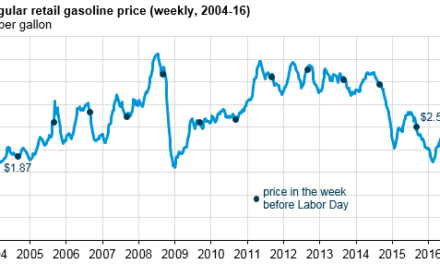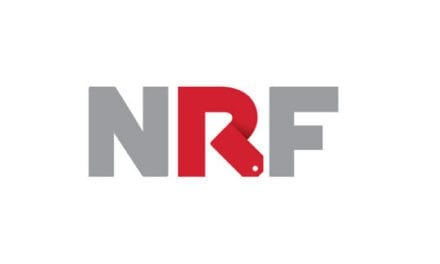As companies focus largely on maintaining employee productivity and controlling costs when designing its benefit programs, according to the Employee Benefits Trends Survey released today from Wells Fargo Insurance, part of Wells Fargo & Co, benefit plans can also greatly improve employee loyalty. According to the survey, C-suite executives and benefit managers cite managing costs and maintaining employee productivity as the most important goals in both the short (12-18 months) and long term (five years). Additionally, C-suite executives (88%) and benefit managers (85%) agree that benefit programs have the most impact on improving employee loyalty as well as increasing employee engagement and lowering company medical costs.
Wells Fargo Insurance designed the Employee Benefits Trends Survey to better understand how companies are responding to healthcare reform requirements while also providing their employees with competitive benefits programs. Surveying C-suite executives and benefit managers from companies across the U.S. with more than 50 employees, the survey generated 950 responses and covered topics including cost containment strategies, employee attraction and retention, outlook on healthcare reform, and financial impact of employee health.
“As the benefits landscape continues to evolve, employers face challenges and opportunities as they adapt to new requirements,” said Dan Gowen, national practice leader with Wells Fargo Insurance’s Employee Benefits National Practice. “It’s a balancing act for many companies as they look to maximize employee productivity, retention and morale while also controlling cost – a factor we expect to become even more important as companies prepare for the Affordable Care Act excise tax in 2018.”
With 2015 underway, most companies have made key changes to their benefits plans. According to the survey, seven in 10 companies have made or are in the process of implementing changes for covering spouses as well as to increase the percentage that employees must contribute to premiums. Six in 10 have also changed or are in the process of changing options for the type of plan offered. While most employers have not yet made changes such as moving from fully-insured to self-funded or using private exchanges, the survey found that those decisions and offering a high deductible plan, are the top initiatives now under consideration.
As companies look ahead, they remain focused on managing costs, wellness offerings and family coverage. With wellness leading the list, C-suite executives and benefit managers will focus on coverage of family members, employee attraction and retention during the next five years.
“We keep our employees well-informed in all aspects of where we are headed as a company, and offer incentives for them to continue to be part of our company. Benefits are the number one issue when it comes to employment with our company,” noted a survey respondent.
The focus on wellness is very strong with 93% of C-suite executives surveyed anticipating an increase or improvement in the importance of wellness offerings. Half of the companies that have considered or are considering a change in wellness offerings said they are doing so as a result of the ACA. Finally, 55% of employers will have implemented incentives and/or penalties in 2015 for wellness compliance.
“Employers who take a more coordinated approach to integrating wellness programs with their existing employee benefits and productivity solutions will be well-positioned to achieve growth and cost savings,” added Gowen.
For more information and additional findings from Wells Fargo Insurance’s Employee Benefits Trend Survey, visit https://wfis.wellsfargo.com/services/employeebenefits/Pages/Research.aspx.








